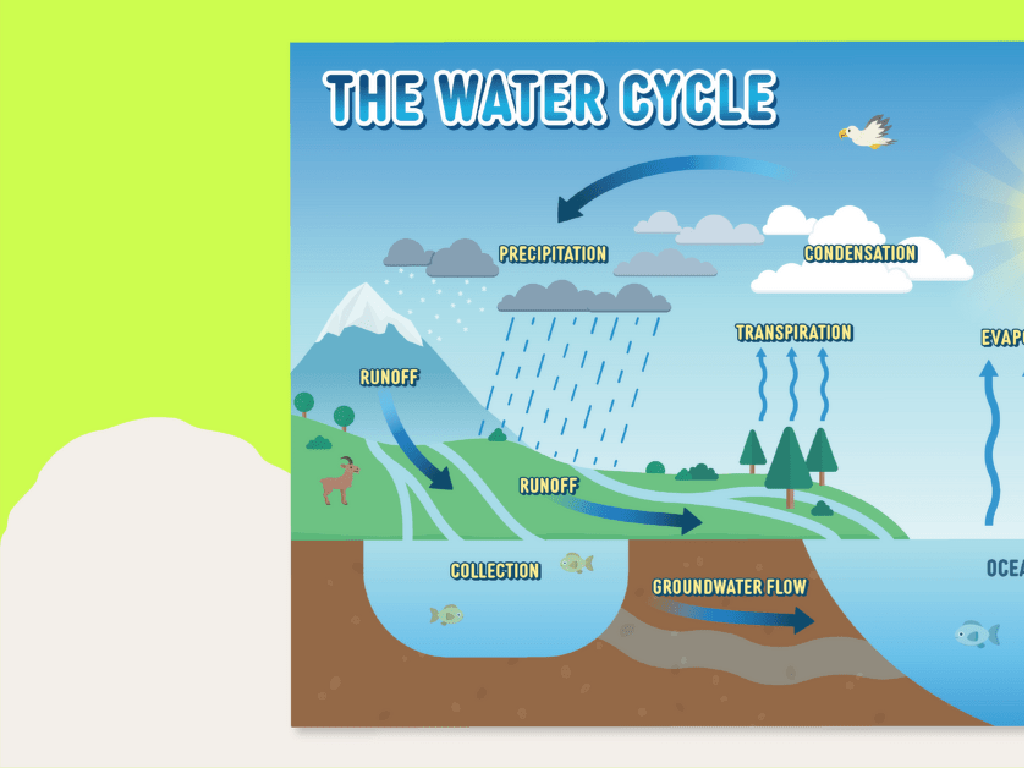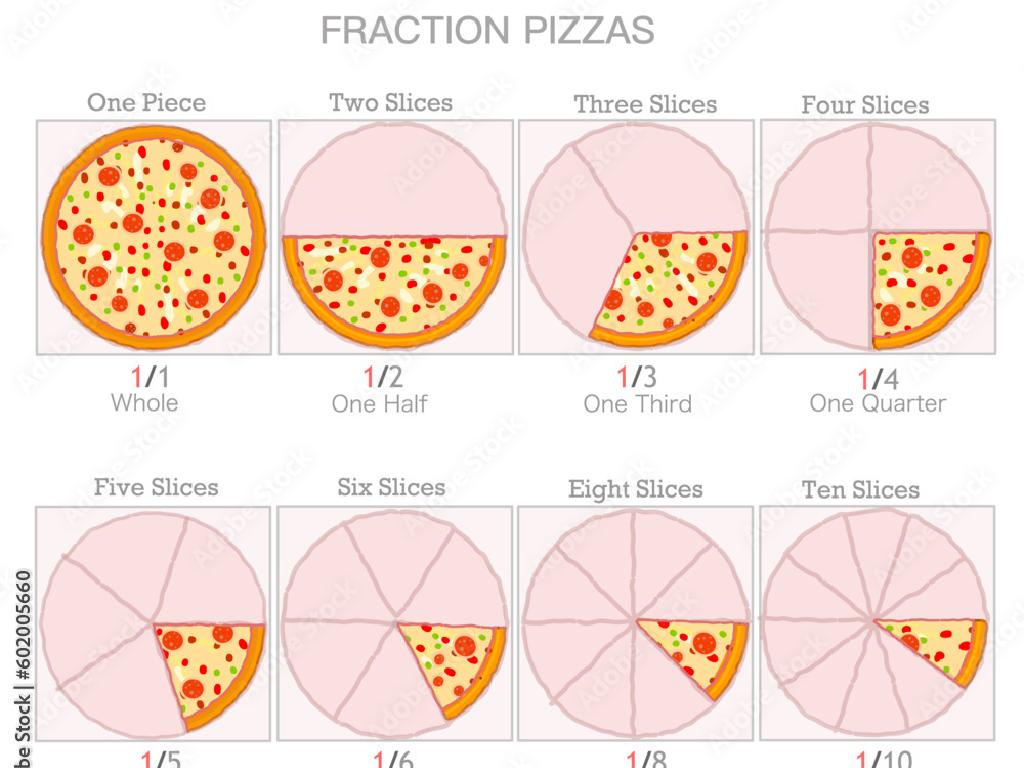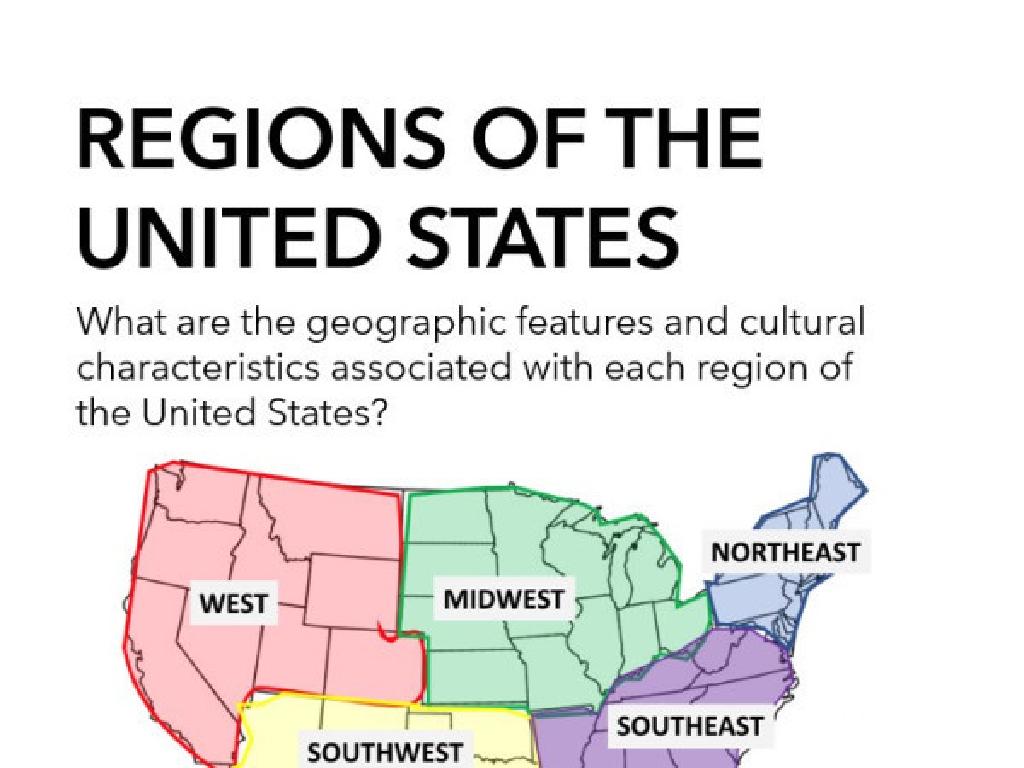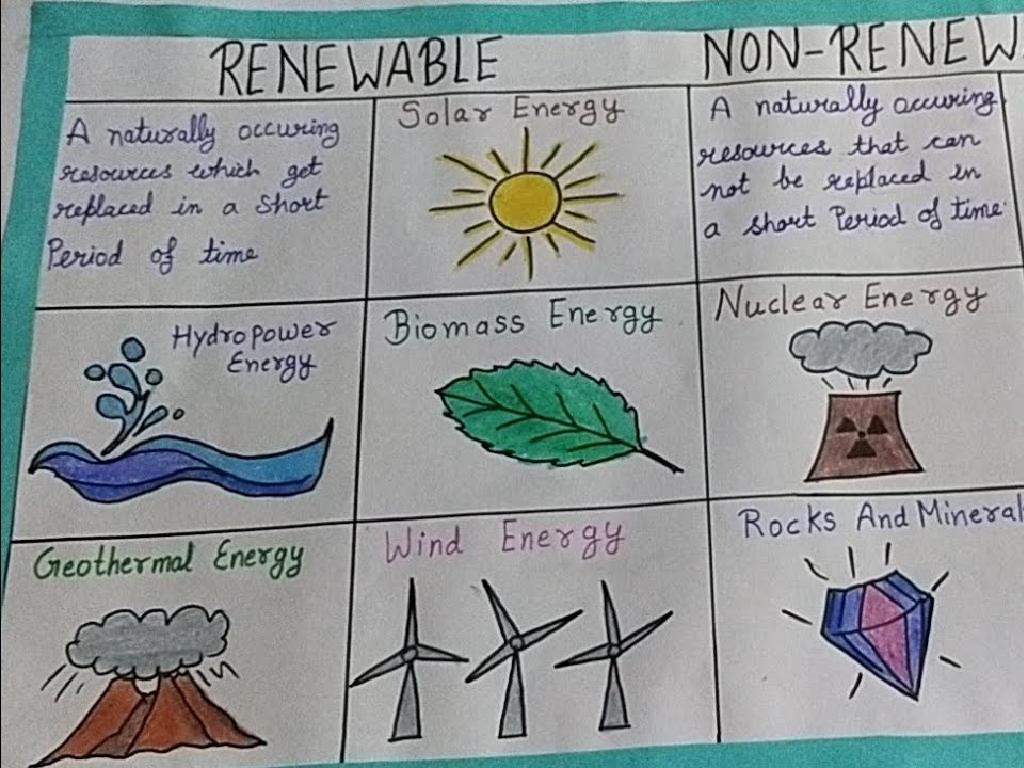Identify Earth'S Land Features Using Satellite Images
Subject: Science
Grade: Fifth grade
Topic: Earth'S Features
Please LOG IN to download the presentation. Access is available to registered users only.
View More Content
Welcome to Earth’s Features
– Earth’s diverse land features
– Mountains, valleys, plains, and deserts
– Satellite images and their importance
– Satellites provide a bird’s-eye view of our planet
– Identifying land features from above
– Learn to recognize patterns and shapes that indicate different landforms
– Preview of today’s lesson
|
This slide introduces students to the variety of land features found on Earth, such as mountains, valleys, plains, and deserts. It emphasizes the importance of satellite images in studying these features by providing a unique perspective from space. Students will learn how to identify these features from satellite images by recognizing specific patterns and shapes. The lesson will engage students in exploring how satellite imagery can be used to understand the Earth’s surface better. Encourage students to think about how different land features might look from above compared to from the ground. This will set the stage for the day’s lesson, where students will get hands-on experience with satellite images to identify various landforms.
Exploring Earth with Satellite Images
– What is a satellite image?
– A picture of Earth’s surface taken from space
– How satellites photograph Earth
– Satellites use cameras to take pictures from orbit
– Satellites’ role in Earth study
– They monitor weather, map terrains, and track changes
– Benefits of satellite imagery
|
This slide introduces students to the concept of satellite images and their importance in studying Earth’s features. Begin by defining a satellite image as a photograph of Earth taken from space, which helps us see our planet from a different perspective. Explain how satellites orbit Earth and use specialized cameras to capture these images. Discuss the various roles satellites play, such as monitoring weather patterns, mapping landforms, and observing environmental changes over time. Emphasize how satellite images provide valuable data that help scientists, geographers, and environmentalists understand and protect our planet. Encourage students to think about how satellite images might be used in other areas, such as navigation and disaster response.
Exploring Earth’s Land Features
– Mountains: Earth’s towering landforms
– Examples: Rockies, Everest
– Valleys: Low areas between mountains
– Examples: Great Rift Valley
– Plains: Wide areas of flat land
– Examples: Great Plains of the US
– Plateaus: Flat-topped elevated areas
– Examples: Colorado Plateau
|
This slide introduces students to the various types of land features found on Earth, using satellite images to enhance understanding. Mountains are high, often rocky areas with steep sides, valleys are the lower areas often found between mountains, plains are the vast stretches of flat land, and plateaus are like plains but elevated and with flat tops. Show satellite images of each feature and discuss their characteristics. Examples include the Rocky Mountains, Mount Everest, the Great Rift Valley, the Great Plains, and the Colorado Plateau. Encourage students to think about these features in relation to their local geography and to identify any similar features they may know.
Reading Satellite Images
– Interpreting colors in images
– Colors can indicate different terrains and vegetation
– Recognizing patterns from above
– Patterns may reveal rivers, mountains, or man-made structures
– Matching images to land features
– Use clues to connect images with the right land feature
– Activity: Image Feature Match
|
This slide introduces students to the basics of interpreting satellite images. Explain that different colors in the images can represent various types of terrain, such as green for forests or brown for deserts, and blue for water bodies. Patterns can help identify features like rivers (winding lines), mountains (rippled textures), or cities (grid patterns). For the activity, provide a set of satellite images and a list of land features. Students will match each image with the correct land feature, reinforcing their understanding of how to read satellite images. The activity should include diverse features such as coastlines, rivers, mountains, forests, and urban areas to give students a broad perspective.
Satellite Images in Action
– Real-world satellite applications
– Weather forecasting, mapping, and disaster management
– Scientists studying Earth’s surface
– Analyzing landforms like mountains, rivers, and forests
– Satellite impact on environment
– Tracking changes in climate, deforestation, and urbanization
– Enhancing our understanding of Earth
|
This slide aims to illustrate the practical uses of satellite imagery in various fields and its significance in scientific research. Emphasize how satellites help meteorologists predict weather and aid in disaster management by providing real-time images of Earth. Explain that scientists analyze these images to study different landforms and their changes over time. Highlight the role of satellites in monitoring environmental issues like climate change, deforestation, and urban sprawl. Encourage students to think about how this technology contributes to our daily lives and the global effort to protect our planet. Discuss the importance of satellite technology in advancing our knowledge of Earth’s features and processes.
Class Activity: Exploring Earth’s Land Features
– Group activity with satellite images
– Identify and label land features
– Look for mountains, valleys, rivers, etc.
– Discuss findings with classmates
– Compare observations
– See how different groups view the same features
|
This interactive group activity is designed to help students learn about Earth’s land features through direct observation of satellite images. Divide the class into small groups and provide each group with a set of satellite images. Instruct students to identify and label various land features such as mountains, valleys, rivers, and plains. After the identification process, bring the class together to discuss their findings. Encourage students to compare their observations with those of other groups to understand different perspectives. Possible activities include matching land features to their descriptions, creating a gallery walk of labeled images, or even using digital tools to annotate images directly. This activity will enhance students’ visual recognition skills and their ability to communicate scientific observations.
Earth’s Land Features: Conclusion
– Recap of today’s key points
– Satellite images reveal geography
– They show us Earth’s surface from space, helping us see patterns and formations.
– Different perspectives are valuable
– Looking at things differently can lead to new discoveries and understanding.
– Keep exploring our planet
|
As we conclude today’s lesson, it’s important to review the key points we’ve covered about identifying Earth’s land features using satellite images. Emphasize the significance of satellite technology in our understanding of geography and how it allows us to see patterns and formations that are not visible from the ground. Encourage students to think about the value of different perspectives, not just in geography, but in all aspects of learning and observing the world. Inspire them to continue exploring and learning about our planet, both in class and in their own time. This will help reinforce the concepts learned and spark curiosity about the Earth’s features.
Homework: Exploring Earth’s Land Features
– Find a satellite image online
– Identify three land features
– Look for mountains, valleys, rivers, etc.
– Write a paragraph on formation
– Consider natural processes like erosion
– Share your findings in class
|
This homework assignment is designed to engage students with real-world applications of what they’ve learned about Earth’s land features. By finding and examining a satellite image, students will apply their knowledge to identify features such as mountains, valleys, and rivers. They will then write a paragraph hypothesizing how these features might have formed, considering geological processes such as volcanic activity, erosion, and plate tectonics. In the next class, students will have the opportunity to present their images and explanations, fostering a discussion on Earth’s dynamic landscape. This activity will help reinforce their understanding of the topic and improve their research and presentation skills.






